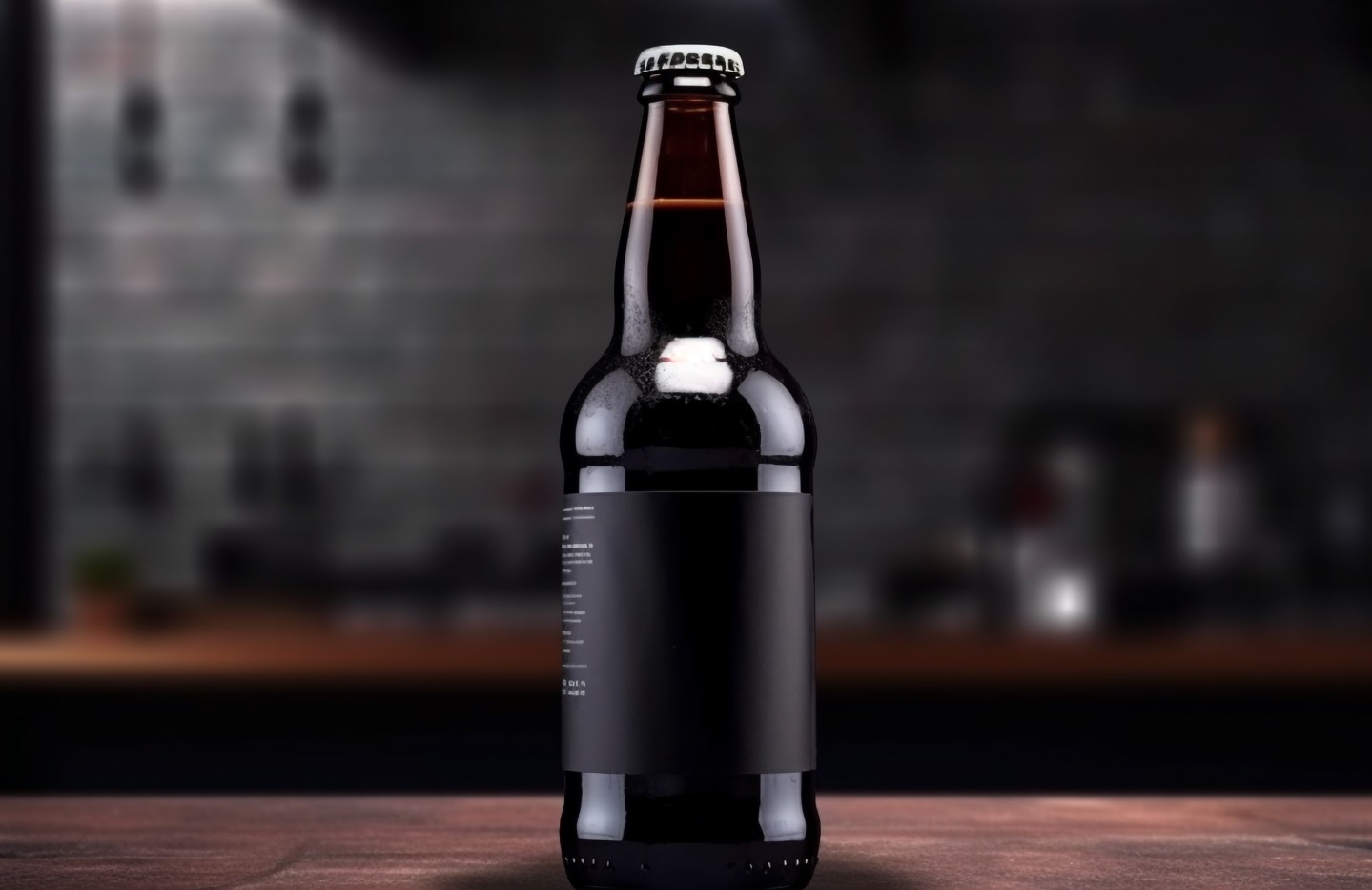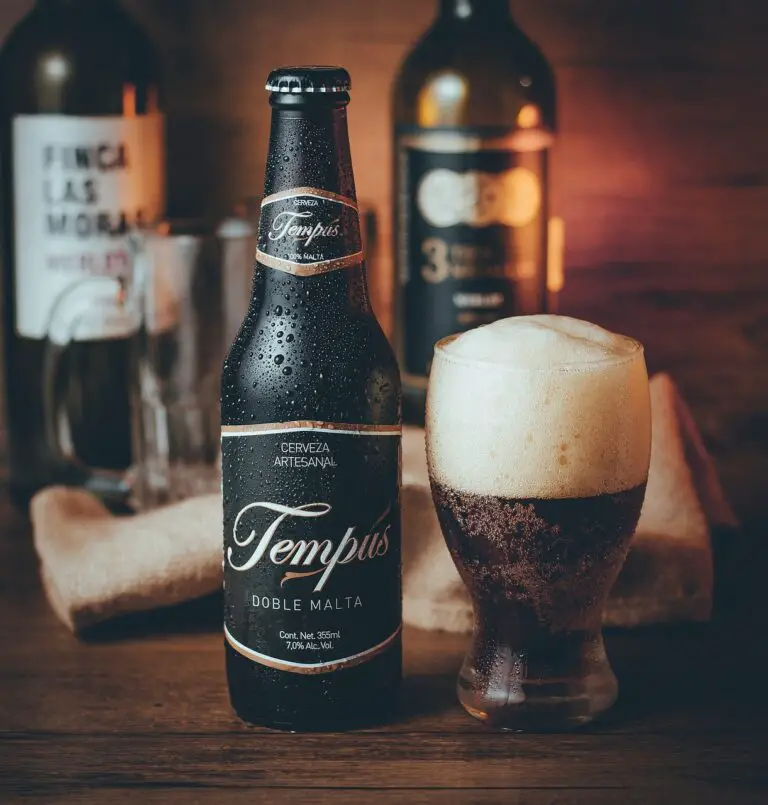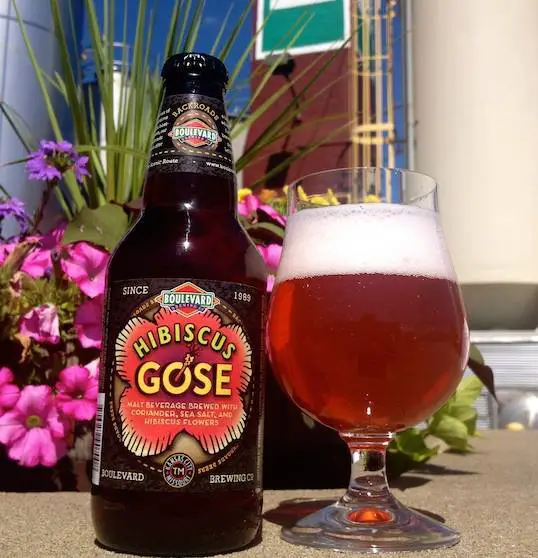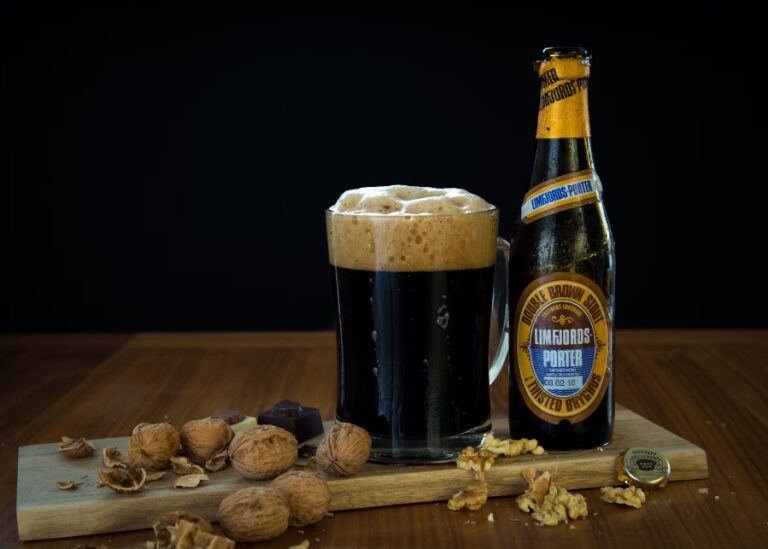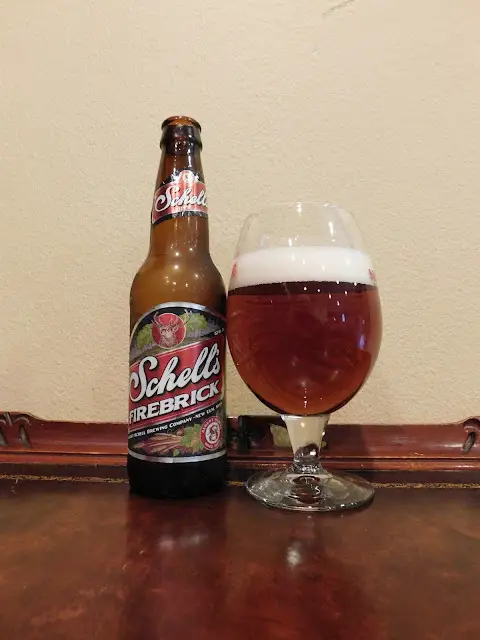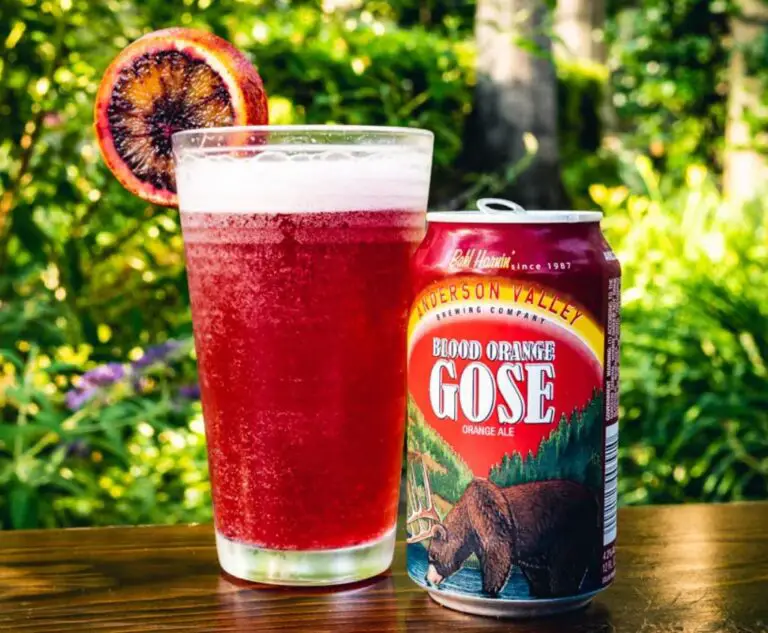Is a Stout a Beer?
You’ve landed on this page to get a quick answer to the question – is a stout a beer? Well, the short answer to this question is YES – stout is a beer.

The long answer is also YES, but we’ll have to delve deeper into the topic to ensure you understand everything there is to know about stout. Why do we call it stout and not just beer? What’s the difference between stout, ale, beer, lager, and all these weird names? Let’s start to go down the rabbit hole of stouts. You’ll love it, even if it’s going to get bitter. Really bitter…
Follow us on Instagram!
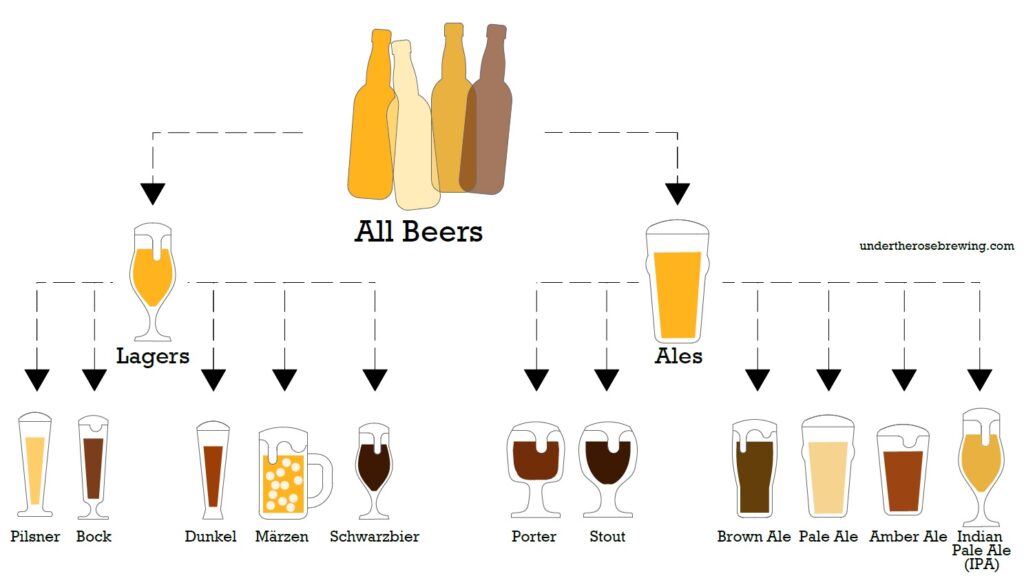
What is Stout?
Simply put, stout is a type of beer. All beers are divided into either lager or ales, and the stout is a type of ale. Both have long histories, but stouts are newer, having been brewed for about 300 years, according to the most reliable sources.
“Stout is a wonderful beverage that has been enjoyed for some 250 years by Irishmen, Englishmen, soldiers, mothers, and monks alike. Perhaps no other beverage in the world has such a calming way and the universal ability to warm on a cool night, refresh on a hot afternoon, and heal a wounded soul.” – Michael J. Lewis in Stout.
The Story Behind Stout
Stout is a term that was used to describe “strong, black beer.” In fact, the adjective “stout” actually meant “brave” in Old English, but thanks to the beer, it took on the connotation of “strong.” The word was first used back in 1677 in the Egerton Manuscripts (a historical collection of manuscripts held in the British Library). The line reads, “We will drink to your health both in stout and best wine”. This shows that stout was considered as good as wine back in those days.
Stout was a popular brew in London pubs, according to the anonymous text The London and Country Brewer, where it was often mentioned as “stout butt beer”. This is essentially the brewer’s description of Porter beer. In fact, the text mentions that Stout was a stronger version of Porter beer.

Quick fact #1: Brewers still debate whether stout is a distinct type of beer or just a more robust porter. In many cases, the only difference between the two is the strength – stout has a more robust flavor and a higher alcohol percentage.
In 1721, the word porter was first used to describe darker, brown beer, quickly becoming popular among the working class in England. In time, porters were brewed in various strengths and aromas. Porters had a higher amount of alcohol, typically 7 to 8 percent, and were darker in color. These dark, high-alcohol porters were called stout porters, so their history is intertwined.
The Evolution of Porter Beer and Stouts
Porter beer is closely linked to the Industrial Revolution of 18th-century England. During this period, many farmers left their lands to seek new opportunities in cities. Meanwhile, infrastructure projects, such as canals and improved harbors, brought about easier access to raw goods and expanded markets. The result was a growing population of thirsty workers needing good refreshments.
Quick fact #2: Porters had a higher alcohol percentage (over 6.5 percent) to keep them fresh for longer periods.
To cool off during a hot summer day, these laborers turned to a popular drink known as “grog,” often enjoyed in pints. Meanwhile, advancements made during this period facilitated the transportation of affordable brown malt from Lincolnshire, Hertfordshire, and other rural areas to London. This new malt quickly became the standard choice for brewing.
Despite the availability of this new malt, the British brewing tradition persisted in producing various beers. The strongest beers, brewed with local brown malt, was prepared and aged for a considerable time, leading it to acquire a low acidity, possibly due to interactions with microorganisms in the barrels. Curiously, patrons affectionately referred to this aged beer as “stale.”
Although the public favored the aged beers and often requested blends of various ages to achieve their desired taste, brewers disagreed. Instead, they began selling the younger beers once fermentation was done. Wealthier individuals, however, bought the brown beer and age it for at least a year, until it got the desired flavor.
Thus, the demand for aged and flavorful beer gave rise to the development of Porter as we know it today, a dark and robust brew that has left a lasting mark on the world of beer.
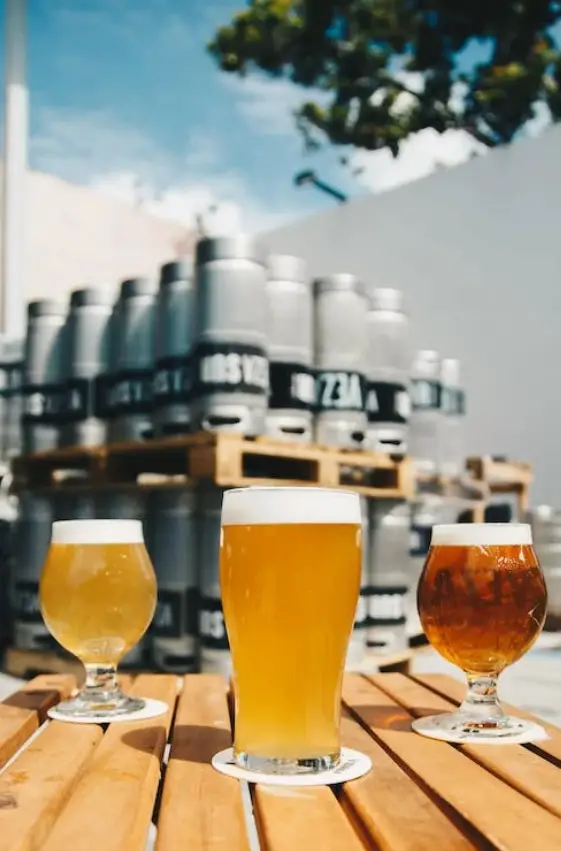
Quick fact #3: Porters had a higher alcohol percentage (over 6.5 percent) to keep them fresh for longer periods. On the other hand, German monks who brewed beer added salt to make the beer last longer.
The brewing landscape experienced a major shift thanks to the development of crucial brewing tools such as the hydrometer and the beer thermometer. These tools played a pivotal role in how brewers calculated their malt composition, marking a significant advancement in the brewing process.
When using the hydrometer, brewers noticed something peculiar – their affordable base malt delivered only mediocre sugar yield at best. They began incorporating a more expensive pale malt and more water into their composition to improve efficiency and sugar extraction. Additionally, new taxes on malt and beer in 1722 provided further incentive for brewers to reduce their malt composition and utilize pale malt.
However, the shift towards paler malt brought about a new challenge – a substantial variation in beer color. Brewers started experimenting with adding burnt sugar to their brews to address this issue. While this alteration enhanced the beer’s flavor, it also caught the attention of the government, who perceived it as a means to evade the tax on malt. Consequently, the use of artificial caramel coloring was deemed illegal by Parliament in 1816.
Is a Stout a Beer? – Later Developments
In time, porters became extremely popular in England, and by the late 1700s, hundreds of brewers produced a wide variety of porters. By then, the stronger beers were exported to Scotland and Ireland, where Arthur Guinness started to brew his own version of porter beer.
The dark, almost black color of porter and stout became standard in the 19th century, when black patent malt became a vital ingredient (thanks to Daniel Wheeler, who was issued British Patent 4112 for the invention of the roasting kiln, which allowed darker beers to be produced without additional ingredients). During this time, porters became even more pungent and bitter, similar to modern ones.
In the 1820s, stout was becoming an adjective used to describe stronger porter beers all across England, Scotland, and Ireland. Stout even became a slang term for any stronger-than-usual beer.
Many varieties of stouts became available throughout the centuries. These include milk stouts (also known as cream stout or sweet stout), dry or Irish stouts, oatmeal stouts, chocolate stouts, Imperial stouts, American stouts, or pastry stouts.

Quick fact #4: Porters and stouts were originally made from leftover grains from brewing other types of beer.
Is a Stout a Beer? The Differences Between Stout and Lager
Stout Beers
- Dark, top-fermented beer.
- Full-bodied with roasted malt flavors.
- Aromas of coffee, chocolate, and licorice.
- Generally higher in alcohol content compared to lagers.
- More calcium and magnesium.
Lagers
- Light in color, bottom-fermented beer.
- Subtle hop bitterness and mild malty sweetness.
- Crisper and cleaner tasting due to longer fermentation at colder temperatures.
Both stouts and lagers are popular beer styles, and they offer different flavor profiles and characteristics, making them appealing to various tastes and preferences. Whether you enjoy the richness and complexity of a stout or the refreshing, crisp nature of a lager, there’s a wide world of beer to explore within these categories and beyond.

Quirky facts about stout beer
- pregnant women in Ireland were often advised to have a glass of Guinness beer every day to strengthen the baby and themselves (this might be true, as stout has more polysaccharides than other beers, leading to increased production of prolactin; similarly, stout beer has been shown to reduce the risk of vascular and heart disease, as it contains a high amount of antioxidants, just like wine)
- stout was recommended to patients recovering after surgeries, as it has a high iron content
- stout is very popular in Africa, where some locals use it as an aphrodisiac – it’s good for you and your lady friend (in Mali, Guinness is drunk with milk by both men and women, while in Uganda, it is drunk to give extra mileage in bed)
- stout was used to treat malaria in Uganda, where some locals call it Omululuzza

I am a young architect with a passion that goes beyond blueprints… it’s beer! undertherosebrewing.com is more than just a blog, it’s a manifestation of my lifelong dream to explore, read, and learn everything about beer. Join the blog on this unfiltered and genuine adventure into the heart of beer culture. Cheers!

